Category: From the Desk Co-posts
-
The Constitution of the Council of Fifty
What is the Kingdom of God? If it were a political entity, how would it be organized? What sort of charter would it have? In a recent interview with Kurt Manwaring at From the Desk, Nathan Oman discussed an early effort to think through these types of questions in the Church of Jesus Christ of…
-
Robert Eaton on Henry B. Eyring
Truman G. Madsen once said that: When people ask me: ‘Why are you so preoccupied with reading the life and teachings of Joseph Smith?’ One answer, and it is the most powerful one, in my heart, is because he is like a window, through which I can see the living Christ. (https://www.fromthedesk.org/truman-madsen-biography/) Occasionally, other Church…
-
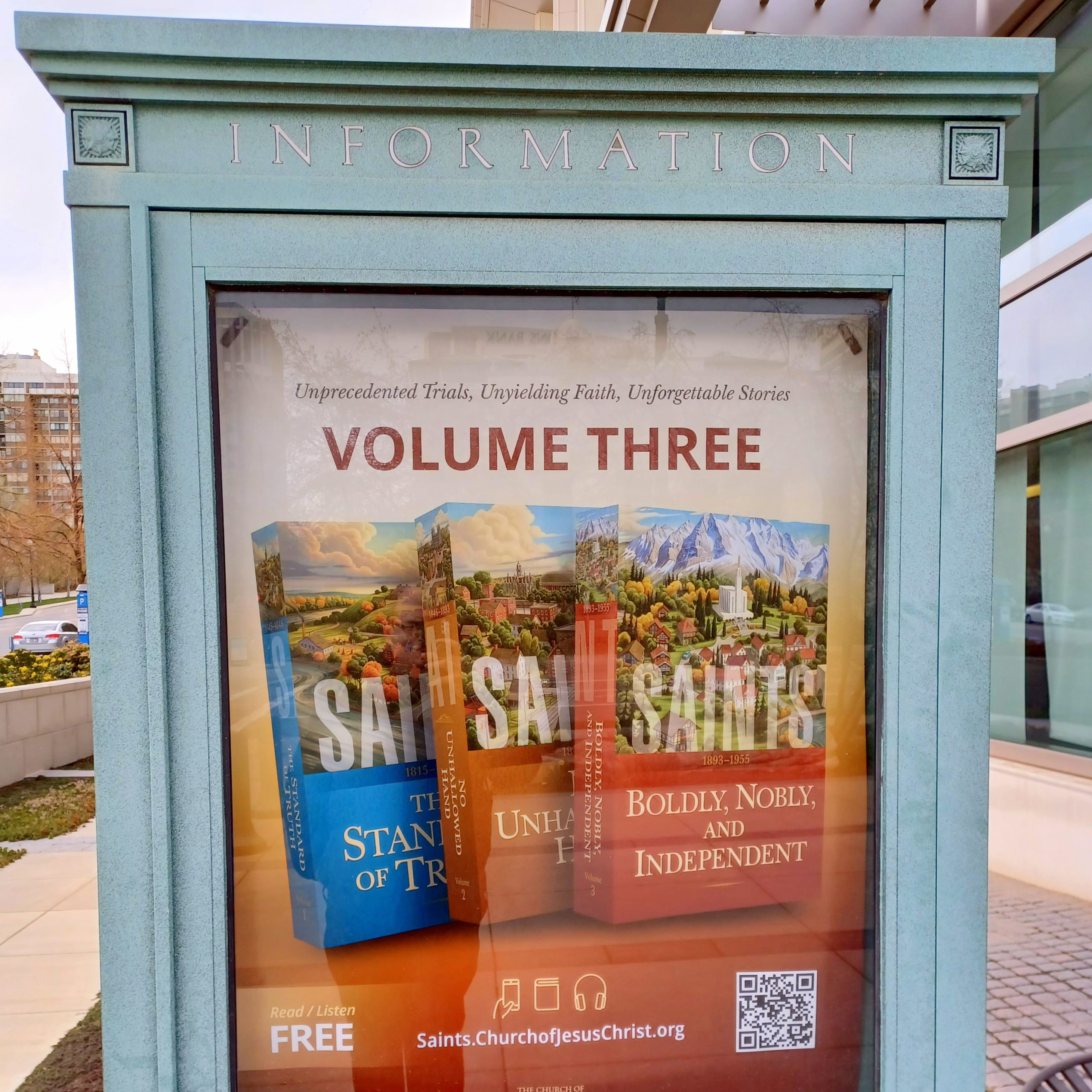
Saints 3: Thoughts from Scott Hales and Jed Woodworth
I hope by now it’s apparent that I am a fan of the Saints history series and that I’ve been really looking forward to Volume 3, which comes out on the 22nd. I will say, it’s fantastic, but you’ll get to read more of my thoughts next week. Today, however, Kurt Manwaring published an interview with Scott…
-
On Winter Quarters
Sometimes called the “Valley Forge of Mormondom”, Winter Quarters was the primary (thought not exclusive) location that Latter-day Saints in the United States of America lived between their forced exodus from Nauvoo and their efforts to move westward to the Great Basin region. In a recent interview with Richard Bennett, Kurt Manwaring discussed the history…
-
The Book of Abraham Book
I once had a teacher who loved to say that: “The more you know, the more you know you don’t know.” To some degree, this is not infrequently the case when it comes to studying issues in the history of the Church of Jesus Christ of Latter-day Saints. Let’s Talk About the Book of Abraham…
-
Of Brigham and Bridger
Jim Bridger and Brigham Young are two very important people in the Euro-American colonization of the American west. Their relationship with each other, however, was complicated. Kurt Manwaring recently discussed that relationship with Jerry Enzler in connection with Enzler’s biography, Jim Bridger: Trailblazer of the American West. What follows here is a copost to the…
-
Open Questions in Latter-day Saint Doctrine
Recently, Kurt Manwaring let me know that there was an issue of BYU Studies that had recently come out that I feel like will be a very impactful issue moving forwards. The issue–also published as a book entitled Yet to be Revealed–focuses on unanswered questions in Latter-day Saint theology and brings an impressive array of big names…
-
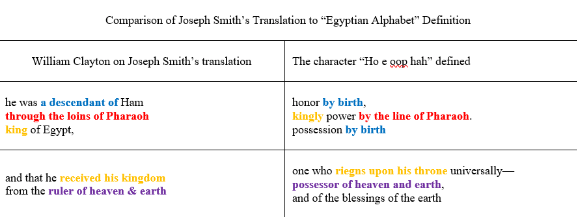
Translating the Kinderhook Plates
The Kinderhook plates provide an interesting incident in Church History that provide an interesting test case for how Joseph Smith approached translation. What are these plates? What can we learn about Joseph Smith from the incident? Well, Mark Ashurst-McGee and Don Bradley recently sat down with Kurt Manwaring for an interview to discuss what they…
-
Peace and Zion
For me, one of the most beautiful concepts in the Church of Jesus Christ of Latter-day Saints is the idea of Zion. Yet, to achieve that ideal, we are going to have to think and act radically differently than we are accustomed to thinking and acting. In a recent interview with Kurt Manwaring, Patrick Mason…
-
Brian and Laura Hales on Polygamy
‘Tis the season … to talk about polygamy, apparently. Kurt Manwaring recently sat down with Brian and Laura Hales for a question and answer session about polygamy. They have spent decades researching and writing about plural marriage (past and present), approaching the subject as faithful members of the Church of Jesus Christ of Latter-day Saints. …
-
An Interview with Reverend Dr. Andrew Teal
Have you ever met anyone who, through their example and experiences, leads you to seek deeper for God and Christ in your own life? Reverend Dr. Andrew Teal (a chaplain, fellow, and lecturer in theology at Pembroke College, Oxford University) is one of those types of people. Recently, he has been a visiting resident scholar…
-
Brittany Chapman Nash on Polygamy
We’re coming up on one of the most dreaded lessons of the Sunday School cycle—no, not reviewing the law of chastity with teenagers, the lesson that includes D&C 132 (the revelation on plural marriage). Polygamy is a topic in the Church that is uncomfortable, troubling and, at times, painful to discuss. Recently, however, the Church…
-
Terryl Givens on Eugene England
In general, the people who are in a position to be most influential in the Church of Jesus Christ of Latter-day Saints have been official Church leaders. That’s not always the case, however, since there are a number of members of the Church who have proven influential and important in different ways—Truman Madsen, Hugh Nibley,…
-
Archeology, Ceramics, and the Smith Family in Tunbridge
In addition to written records, people leave behind traces of their material lives that can tell us much about who they were. In a recent interview with Kurt Manwaring, Mark Staker (a Master Curator for the Church History Department’s Historic Sites Division) discussed some of the research he has been doing on the place Joseph…
-
Historical Mindset for Mormons, 101
While studying in a scientific field, two major ideas were drilled into me that have been fairly helpful in interpreting history. First is the belief that nothing can ever truly be proved, only that things can be disproved. If something goes a long time without being disproved, then it is likely (though not certainly) to…
-
Joseph F. Merrill—Science, Religion, and Innovation
Joseph F. Merrill is an apostle who has largely been forgotten but who, nevertheless, left a major impact on the Church that remains a part of its DNA to this day. Kurt Manwaring recently sat down for an interview with Merrill’s biographer, Casey Griffiths, to discuss his life and impact. It’s an interesting discussion and…
-
Mr. Smith Goes to Washington
Joseph Smith’s presidential campaign has been an area of interest for several years now (particularly since the release of the Council of Fifty minutes), and Spencer W. McBride’s recently-published Joseph Smith for President: The Prophet, the Assassins, and the Fight for American Religious Freedom (Oxford University Press, 2021) is the latest in scholarship to be…
-
A Whole Lot of Hugh Nibley
Some years ago, I attended a course on the Pearl of Great Price at the Logan Institute that could have just as easily been entitled “Teachings of Hugh Nibley.” The teacher was well-versed in Nibley’s writings and frequently used them in discussing both the Book of Moses and the Book of Abraham. And, frankly, it…
-
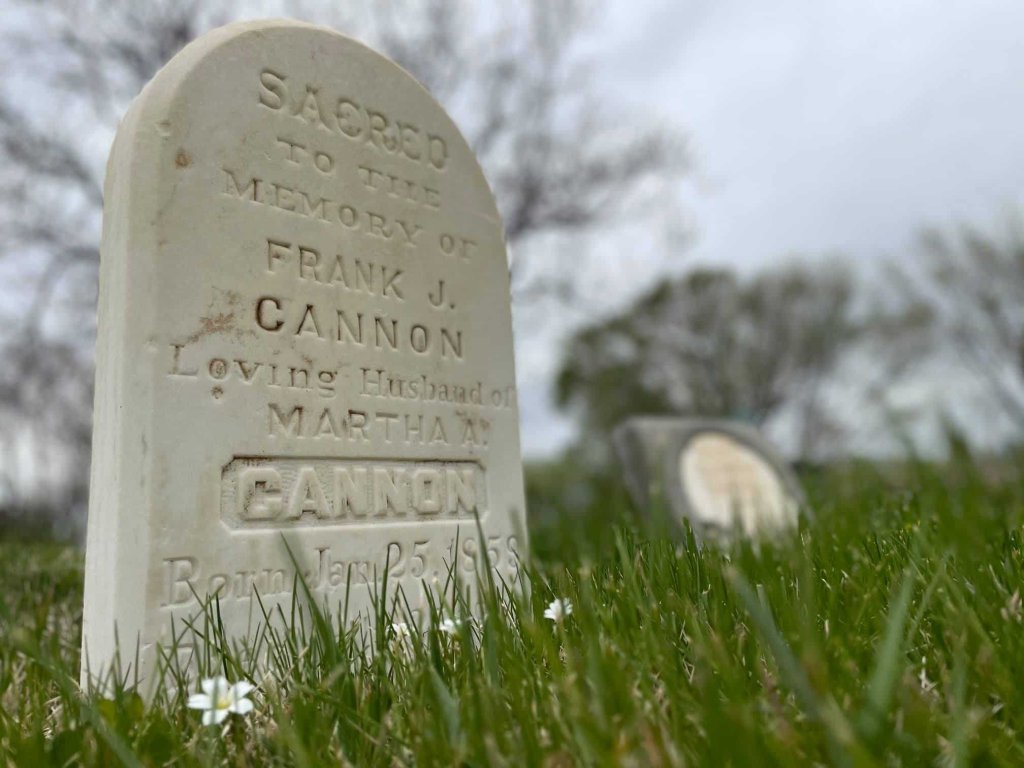
Saint, Senator, and Scoundrel
“The lack of any biography of Frank Cannon seemed a glaring gap in [Utah] annals. It was high time to tell his story.” Val Holley recently stated this during an interview with Kurt Manwaring where they discussed Frank Cannon and Holley’s recently-published biography, Frank J. Cannon: Saint, Senator, Scoundrel (University of Utah Press, 2021). What follows…
-
The American Apocalypse
The end of the world is a pretty dramatic scene. Perhaps it is because of that drama that the idea has captured the imagination of human beings for thousands of years and continues to do so today. It is not an uncommon topic of conversation among Latter-day Saints that I have known, including the occasional…
-
“It is given to some to speak with tongues”
I served my mission in the Midwestern United States, and we had a decent amount of contact with groups, such as the Pentecostals, who were enthusiastic about charismatic gifts of the Spirit. I remember on one occasion, that a missionary serving in the same district approached me about an investigator they she been working with…
-
Daniel Becerra on 3rd and 4th Nephi
Within the Book of Mormon, 3rd and 4th Nephi are arguably some of the most important portions of the book, with their focus on the in-person ministry of Jesus Christ among the children of Lehi and what followed because of that ministry. Daniel Becerra, author of the book 3rd, 4th Nephi: A Brief Theological Introduction,…
-
Know Brother Joseph
What did Joseph Smith think? What was he like as a person? Questions like these are interesting to think about and are important considerations when you’re a part of a religion that draws so heavily on one person’s writings and ministry for its foundation. In a recent interview with Kurt Manwaring, R. Eric Smith, Matthew…
-
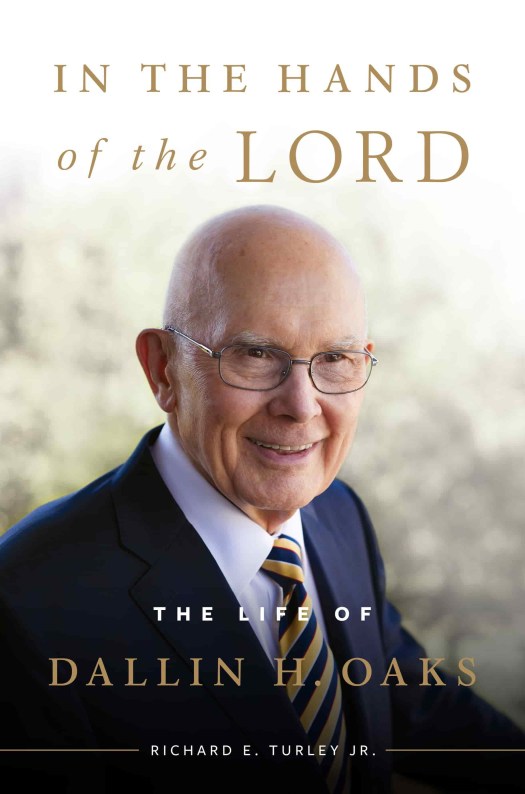
Richard Turley on Dallin H. Oaks
Recently, President Dallin H. Oaks’s biographer, Richard E. Turley, Jr. sat down with Kurt Manwaring to discuss the recently-published book In the Hands of the Lord: The Life of Dallin H. Oaks. What follows here is a co-post to the one at Kurt Manwaring’s site, with quotes from and discussion about the full interview, which…
-
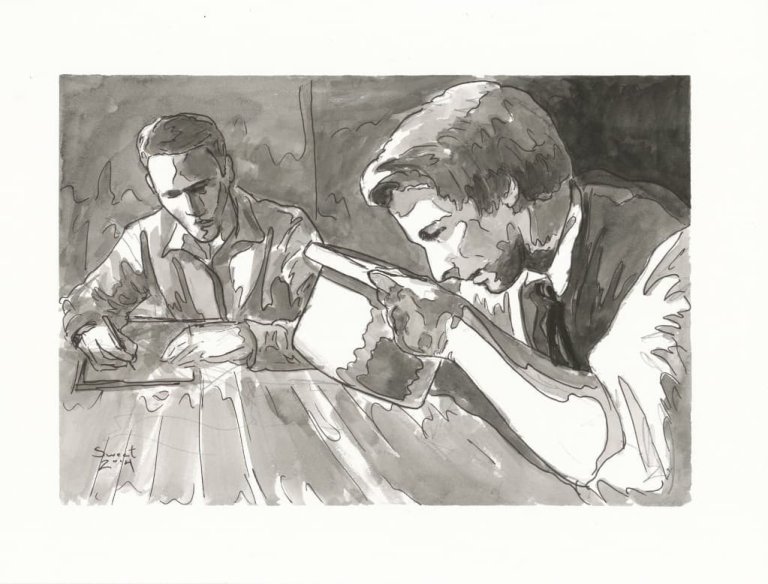
Art and Latter-day Saint History with Anthony Sweat
Some years ago, an institute teacher in a Church history class I attended said with some levity that: “I bear my testimony that Church media is not true.” He said this hyperbolic statement in the context of a class where we talked about Joseph Smith translating the Book of Mormon, and he went on to…
-
Louis Midgley on Hugh Nibley, the Maori, and More
In an interview ranging from discussing Hugh Nibley to missionary work in New Zealand to systematic theologies to the dedication of the Swiss Temple, Kurt Manwaring recently sat down with Latter-day Saint apologist (and retired professor of political science) Louis C. Midgley. What follows here is a co-post to one at Kurt Manwaring’s site, where…
-
Keith Erekson and the Scholars of Pajamalot
In a recent interview with Keith Erekson (the director of the Church History Library and a member of the editorial board of the Church Historian’s Press), Kurt Manwaring discussed a variety of topics, including the forthcoming publication of the William Clayton journals, the impact of Mark Hofmann on the Church History Library, and a moniker…
-
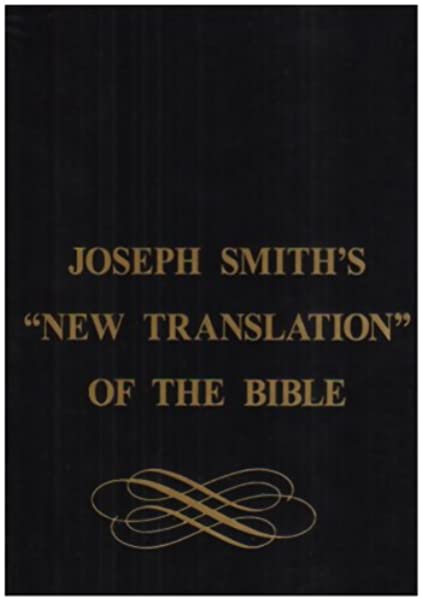
Kent P. Jackson on the Joseph Smith Translation
Joseph Smith’s translation projects have been a hot topic this year. Among many others, earlier this fall we did two posts that discussed the possibility that Joseph Smith relied on the Adam Clarke commentaries for some of the changes he made in the Joseph Smith Translation of the Bible. Recently, Kent P. Jackson (a retired…
-
Terryl Givens on 2nd Nephi
Terryl Givens—one of the foremost Latter-day Saint authors, theologians, and apologists of our time—recently penned a short volume on 2nd Nephi as part of the brief theological introductions to the Book of Mormon series the Maxwell Institute has been publishing this year. I wrote a review of the book earlier this year, but recently Kurt…
-
John Turner on Brigham Young
John Turner’s well-known biography Brigham Young: Pioneer Prophet (Harvard University Press, 2012) provides one of the most well-rounded and in-depth look at the second president of the Church of Jesus Christ of Latter-day Saints. It remains today one of the definitive biographies of an incredibly complicated man and leader. Recently, Kurt Manwaring sat down with…
